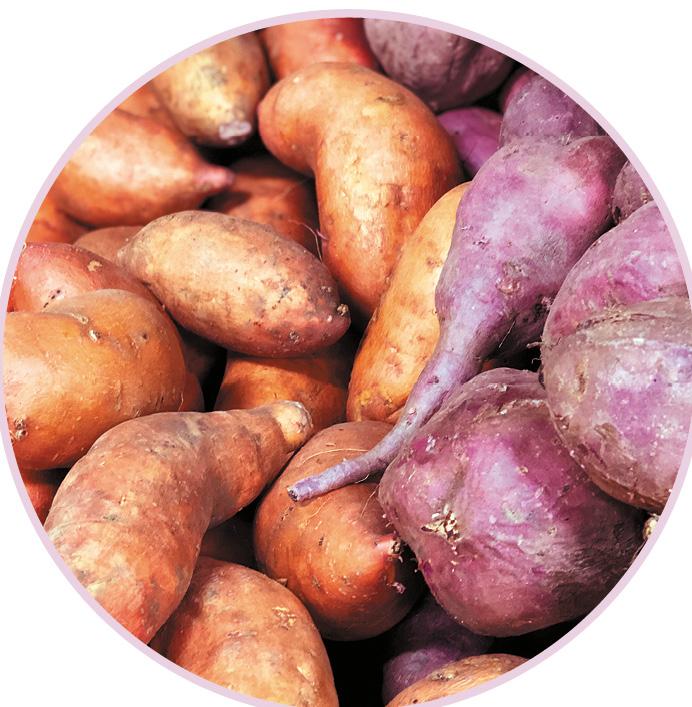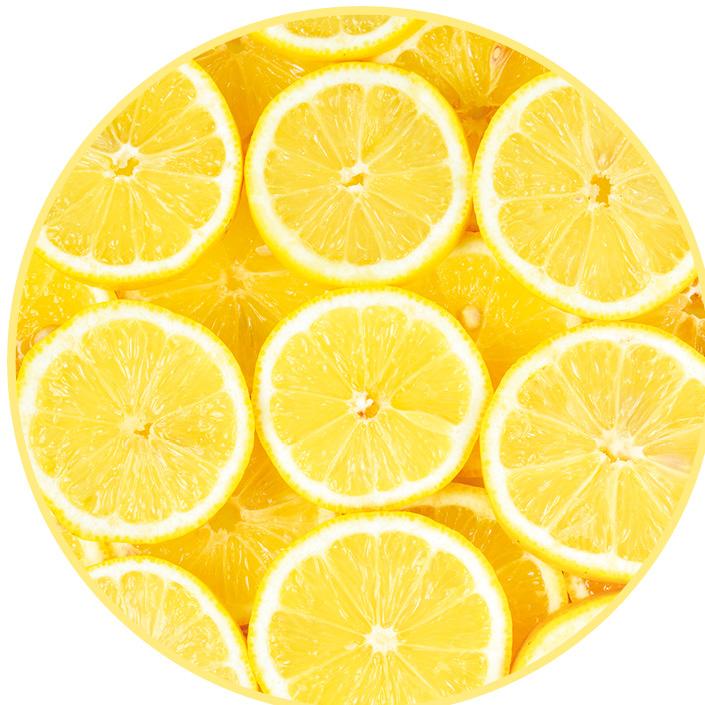
2 minute read
BEST IN SEASON Fresh produce update
BEST IN SEASON
Winter produce such as cauliflower, cabbage, broccoli, Brussels sprouts, leeks and kale are all in full swing and are great value. Carrots are available all yearround but are at their best in the winter months – keep them well featured as they are popular at this time of year. Parsnip and swede are in peak supply until mid-August so make the most of these winter vegetables while they are at their prime. Don’t forget about yams, which are a nice addition for consumers to use as a change from potatoes or kūmara.
The 2020 avocado harvest started in June, however August brings the beginning of the main season, which will see volumes increase and prices start to reduce.

Kūmara The main harvesting season for kūmara takes place between February to April. After this, kūmara is stored in a temperature and humidity-controlled environment. During this important storage period, they undergo a naturally occurring process converting starch to sugar. They also heal themselves from any cuts or bruises caused during harvesting. Throughout the rest of the year, growers calculate regular consignments of kūmara that are sent to packhouses to be packed and distributed.
What to look for:
Choose firm, wellshaped kūmara with smooth skins. Avoid any with soft spots, bruising and decay.
Storage/handling:
Do not refrigerate kūmara as this can make them bitter. They are best kept in a cool, dry place for up to two weeks. Nutrition: Kūmara provides a source of dietary fibre to help aid healthy digestion and thiamin which is vital for use of carbohydrates by the body. Red kūmara contain a good source of niacin, essential for energy release. Gold and Orange kūmara contain a good source of vitamin A, which is vital for healthy new cells.

Lemons
Lemons are a staple fruit that are always in demand and should be kept on shelves year-round. The main crop of New Zealand lemons is harvested from early May until late October, however smaller volumes are also picked on the shoulder seasons. Lemons are imported from December to March to supplement local supply. This year, fruit has been characterised as being slightly smaller than last season. In Gisborne, lemons have been slow to colour due to a lack of cold nights in April and early May, however quality and juice content has been excellent.
What to look for:
Lemons should be heavy for their size with bright yellow skin and a pleasant fragrance. Thin-skinned lemons are juicier and thickskinned ones are better for zest. Avoid lemons that are soft or with any sign of mould.
Storage/handling:
Lemons will not ripen any further after they are harvested. Where possible, refrigerate them to slow decomposition.
Nutrition:
Lemons contain a good source of vitamin C which helps support immunity, a healthy metabolism and reduces fatigue.



